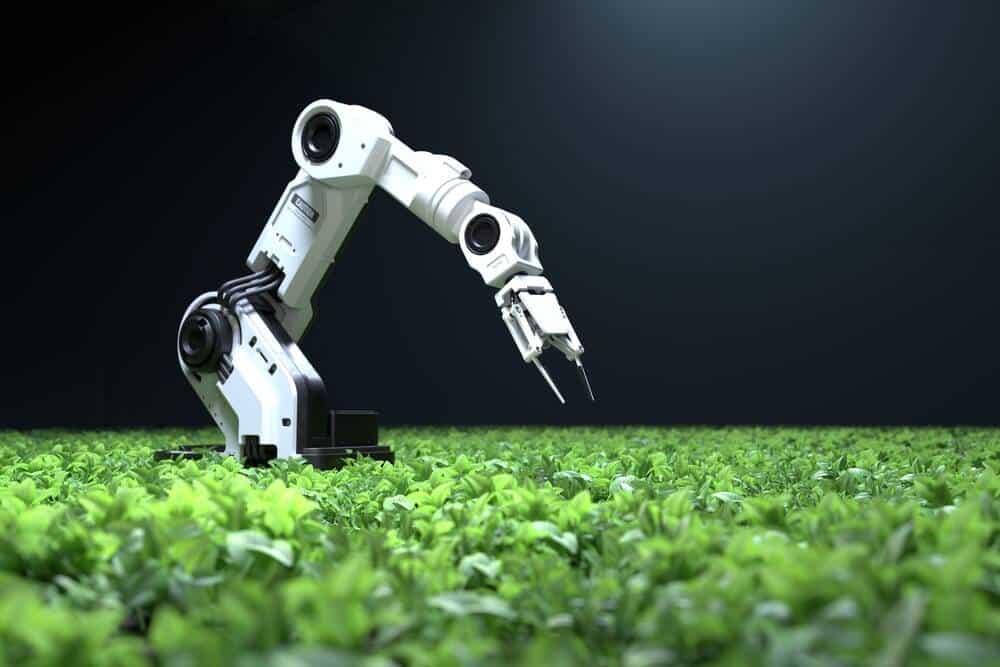- The problem: desertification
- The hope: the Food from Electricity project
- This is potentially revolutionary tech
- Is it coming to a store near you?
Hunger is a global problem. Increasing desertification – where once fertile land is affected by climate change, deforestation, overgrazing and depletion of nutrients – affects about one billion people worldwide, particularly in the poorest developing countries, such as in Africa. When nutrient-depleted soil and climate change make agriculture or livestock farming impossible, hunger is inevitable. And as desertification increases, so does world hunger.
But innovative new technology may offer a solution. A Finnish research team, led by professors Jero Ahola and Juha-Pekka Pitkänen, have developed a process that makes food from electricity and air!
The problem: desertification
Desertification is a looming crisis for already vulnerable populations. But it’s complex and multi-layered, and that makes it hard to understand and combat. As Rinkesh writes for Conserve Energy Future, “Overgrazing is the major cause of desertification worldwide. Other factors that cause desertification include urbanisation, climate change, overdrafting of groundwater, deforestation, natural disasters and tillage practices in agriculture that place soils more vulnerable to wind.”
Desertification is partially the result of global warming and climate change, but it’s also caused by local practices. Pressed to provide more food for their hungry families, farmers in desertifying areas turn to more intense grazing to feed their cattle and increase the amount of water they use to irrigate their thirsty crops, further accelerating this deadly change. Even when they know the result, they’re trapped in a vicious cycle of hunger and environmental damage. They know what they’re doing is unsustainable, but their children will starve if they don’t do the very things that are contributing to the problem. That’s a terrible, disheartening situation.

The hope: the Food from Electricity project
Jero Ahola and Juha-Pekka Pitkänen really dared to dream. As part of a collaboration between the VTT Technical Research Centre of Finland and the Lappeenranta University of Technology (LUT), Ahola and Pitkänen developed an ingenious plan to fight hunger.
First, they captured carbon dioxide, water, and basic microbes from the air, keeping them in what they call a “protein reactor”. Then, they exposed these raw materials to electricity, causing them to break down chemically. The microbes then eat the hydrogen created by splitting water (H20) into its component elements. Aided by the addition of a few key nutrients – ammonia, phosphorus, and various inorganic salts also taken from the air – two weeks later, they produced a gram of edible protein, fat, and carbohydrate.
“It’s not so much different than making beer, but in making beer of course you use sugar as the raw material but in this case we use hydrogen,” explains Pitkänen. “In the long term, protein created with electricity is meant to be used in cooking and products as it is. The mixture is very nutritious, with more than 50 per cent protein and 25 per cent carbohydrates. The rest is fats and nucleic acids,” he says.
This is potentially revolutionary tech
As professor Ahola explains, “Compared to traditional agriculture, the production method currently under development does not require a location with the conditions for agriculture, such as the right temperature, humidity or a certain soil type.” For people living in increasingly poor environments, this could be a lifesaver. The “protein reactor”, about the size of a coffee machine, can’t produce much – or quickly. But it’s an incredibly promising proof-of-concept.
“In practice, all the raw materials are available from the air. In the future, the technology can be transported to, for instance, deserts and other areas facing famine. One possible alternative is a home reactor, a type of domestic appliance that the consumer can use to produce the needed protein,” said Pitkänen. Though their current design might fit in your kitchen, it can’t produce enough food to make a difference. But it’s easy enough to imagine massively scaled up models with greater efficiency, essentially giant microbial granaries that are solar-powered – a more than viable prospect in the desert!
And it’s clear that people could produce their own food nearly anywhere. “We don’t require arable land,” Pitkänen explains. “We can do this in a desert environment or in other places unsuitable for agriculture.” Beyond this, such a readily available source of food could reduce our dependence on less environmentally friendly sources like monocrop farming or industrially produced meat. Ahola and Pitkänen’s vision, then, isn’t just about desertification. They want to solve more than one problem at a time and fight hunger at its source: environmental damage.
Is it coming to a store near you?
Dr Ahola is hoping for eventual commercialisation. “The idea is to develop the concept into a mass product, with a price that drops as the technology becomes more common. The schedule for commercialisation depends on the economy,” he notes. And as Pitkänen says, “It would tick so many boxes related to sustainability … The human population is increasing, CO2 levels are increasing. So it could really solve big issues.”
But there are a few challenges to overcome. The resulting dry powder is probably not your idea of a great meal. Emily Matchar at Smithsonian Magazine suggests that the powder could be transformed into something like tofu, but in its current form, don’t expect it on the table of your local restaurant. Ahola and Pitkänen need to improve the process, too, though it’s already 10 times more efficient than photosynthesis. To have the global impact they dream of, their invention will need to produce quantities that rival traditional agricultural methods. And that’s a big leap from where they are now.
“Maybe 10 years is a realistic timeframe for reaching commercial capacity, in terms of the necessary legislation and process technology,” Pitkänen predicts. That may seem like a long time, but if they can work out the kinks in the process, hunger might become something people no longer need to live with.




